Darkest Hour, Part 1
Welcome to the first preview week of Hour of Devastation. I'll quickly introduce the design team, and then I'll tell you how the set design came together, and along the way I have a sweet preview card to show you. Sound good? Then let's get started.
Men and Women of the Hour
Shawn Main (lead)

Shawn was the runner-up in the second Great Designer Search, he was an instrumental part of discovering the exploratory design process, and has served on a lot of design teams, many of which he's led—Conspiracy, Magic Origins, Conspiracy: Take the Crown, and Kaladesh (co-led with me). Shawn was originally going to be leading Amonkhet back when it and Kaladesh had their positions swapped (the change happened in the middle of exploratory design for the fall 2016 set). Having spent some of his youth growing up in Egypt, Shawn was very knowledgeable of Egyptian mythology and was eager to design an Egyptian-inspired set. Since he didn't get a chance to design Amonkhet, the next best thing was giving him the chance to design Hour of Devastation, the other expansion set on Amonkhet. As you will see, Shawn did a great job.
Ken Nagle
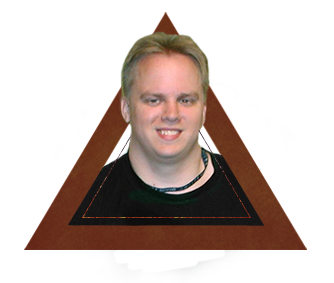
Ken, interestingly, was also the runner-up in a Great Designer Search, which eventually led to a full-time job as a Magic designer. Ken has become one of the veterans of the design team, having led more sets than anyone currently in design save me—Worldwake, New Phyrexia, Magic: The Gathering—Commander, Return to Ravnica, Born of the Gods, Fate Reforged, Eldritch Moon, and soon Ixalan (co-led with me). Ken is a firehose of design and is a blessing to have on any team.
Jackie Lee

Jackie is a former pro player. She was the one person to serve on the design and development teams of both sets in the Amonkhet block. Jackie has an interesting blend of designer and developer sensibilities, and we were happy to have her on the Hour of Devastation design team.
Jules Robbins
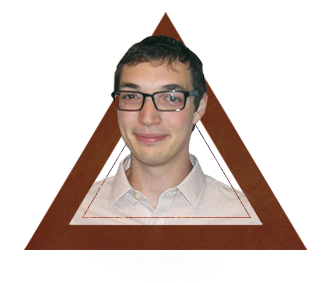
Jules started as a summer intern, but so impressed us that he was able to transition that into a full-time job as a Magic designer. Jules has been a fan of Magic design since his youth and spent many years before joining Wizards making his own sets. Like Ken, Jules has proven to be a card-designing machine and was a great addition to the team.
Sam Stoddard

Most of you probably know Sam best as the author of Latest Developments. He served as the development representative for both Amonkhet and Hour of Devastation. Sam has been on numerous design and development teams and lead the design for Modern Masters 2017 Edition and the development for Magic Origins, Eldritch Moon, and this fall's Ixalan. Sam is great at keeping an eye out for development concerns during design. He's also pretty good at making Magic cards.
Mel Li
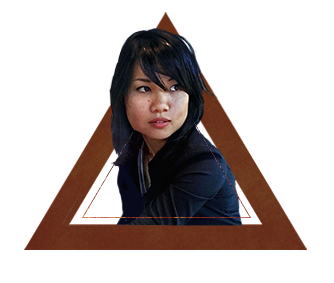
Mel was the creative representative for Hour of Devastation. As you will see, the integration with the story played a major part in the set's design, so Mel played a big role on the team. This was her first expansion design team, and Mel did wonderfully.
Mark Rosewater
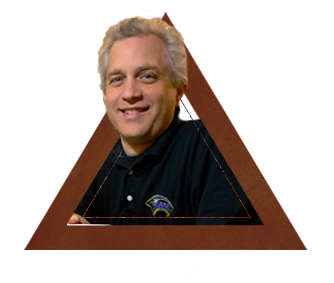
As I hinted at last week, the shift to the Two-Block Model created some issues behind the scenes—and one of them was a time management issue for me, as I now had one additional set to pay attention to. Hour of Devastation was during the time where I was spending half time on small set design teams, so while I was technically on this team, all the people listed above did the lion's share of the work.
Top of the Hour
When I introduced Amonkhet, I said that the block was both top-down Egyptian and top-down Bolas, with the first set leaning more toward the former and the second set leaning more toward the latter. Throughout Amonkhet, we were waiting for the second sun to end up between the giant statue of Bolas's horns. That, we were told, would mark the return of the God-Pharaoh, Nicol Bolas. Well, in Hour of Devastation, the God-Pharaoh returns and, as the title of the set hints at, things take a major turn for the worse.
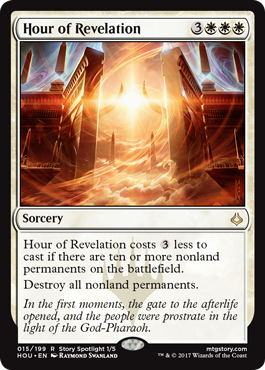
To understand one of the major goals of this set, let's take a trip back to 1994. Steve Conard and his design team made a set based off years of roleplaying that he and his friends had done. That set, known as Legends, introduced the world to five Elder Dragons, one of whom was Nicol Bolas. Bolas quickly became a fan favorite and, over the years, his actions have been woven throughout various storylines. (Legends, Time Spiral block, Shards of Alara block, Zendikar block, Khans of Tarkir block—Bolas has interacted with more storylines than any other character in Magic's history.)
During this time, Bolas was usually seen in the background rather than the foreground. He was the puppet master that, behind-the-scenes, masterminded many of the things that happened in the Multiverse. We knew he was up to something, but never really knew what. For Amonkhet block, we wanted to finally bring Nicol Bolas to the foreground and demonstrate what the Elder Dragon was truly capable of. Players knew he was one of Magic's greatest villains, but we wanted to demonstrate why. Why is Nicol Bolas someone others should be truly afraid of?
A big part of this is that Hour of Devastation is the reveal of what's been happening on the plane of Amonkhet. The Gatewatch know something is wrong, and they have a general understanding that Bolas is behind it, but they have no sense of what exactly Bolas is up to. The set design had to capture Bolas's plans and had to capture them in a way that makes for fun Magic.
Bolas's plans for Hour of Devastation are threefold, so let's talk about each one:
1. Reveal what he's been up to on Amonkhet
The society is focused around five Trials (one of each color) that allow the inhabitants the chance to earn a trip to the glorious afterlife. After proving their solidarity, knowledge, strength, and ambition, the remaining warriors fight to the death in the final Trial, the Trial of Zeal. The winner earns the right to be killed by Hazoret herself.
Bolas has engineered a world where the inhabitants reach maximum physical perfection before killing one another in an elaborate series of tests. While the denizens see this as a righteous path to a glorious afterlife, in Hour of Devastation, we learn that Bolas has something a little more sinister lined up. His goal is the creation of an army of undead soldiers—but not just any soldiers: the cream of the crop. Using a special process involving the material lazotep, Bolas and his minions are crafting elite Zombie warriors known as Eternals. Bolas has created a system through which he can find the best warriors in the land and turn them into a mindless but powerful army that serves his, and only his, nefarious commands.
The first set did a lot of work to set up this reveal. We established that on the plane of Amonkhet, the dead return as undead when they die. We also established that there are procedures that can be taken to control the dead and get them to do your bidding. This was why we had both black and white Zombies, so that we could show the difference between the wild undead and the controlled undead. Hour of Devastation introduces a third type of Zombie, the Eternals: undead warriors crafted to be potent and deadly, yet completely obedient, combatants.
To capture this, we needed a way to mechanically show off the Eternals. They are mindless, undead killing machines. We experimented with various mechanics but ended up settling on two. First, we decided that we wanted to take the embalm mechanic and twist it. Bolas was also creating preprogrammed mummies, just his were more powerful, tougher, and a little more vicious in their skill set. The new mechanic, eternalize, works just like embalm but with one important difference—instead of the creature token copy being the same power and toughness as the original creature, it's always a 4/4. Also, instead of white, the Zombie creature tokens made by eternalize are black. All the eternalize designs take advantage of the upgrade to 4/4. Eternalize, like embalm, is focused in white and blue, but shows up once in each of the other colors (even black, which embalm did not do).
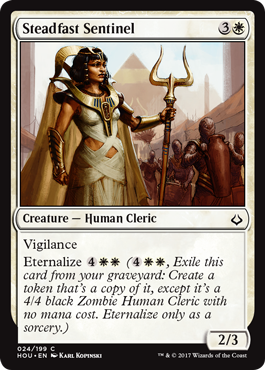
The second mechanic is a brand-new mechanic called afflict. Called "unstoppable" in design, the mechanic was created to convey the futility in trying to stop the Eternals. Here's how it works. Afflict comes with a number. If your opponent blocks a creature with afflict, they lose life equal to the creature's afflict number.

For example, Khenra Eternal is a 2/2 for 1B. If it's ever blocked, the defending player loses 1 life. Eternal creatures are on average larger than Khenra Eternal and have higher afflict numbers. Eternals are restricted to blue, black, and red, Bolas's three colors. The creatures with eternalize can be other colors because they aren't made into Eternals until they die, at which point they're black.
Hour of Devastation still has black and white Zombies, but now there are additional Eternal Zombies in blue and red (and black). In addition, there are numerous creatures in all five colors that become Eternals through the eternalize mechanic. We tried hard on a card-by-card basis to make the Eternals feel as vicious in gameplay as they are in the story.
2. Destroy the city of Naktamun
If harnessing the denizens of the world to create a Zombie army wasn't bad enough, Nicol Bolas has other nefarious plans afoot. For starters, we finally get to meet the three missing Gods. In the story, we learned that Amonkhet originally had eight Gods, but the whereabouts of the other three was unknown. Turns out, Nicol Bolas had them hidden away. When he returns he brings them along to cause maximum chaos.
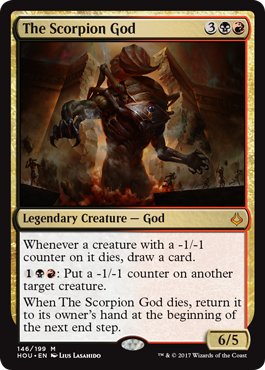
The three new Gods are all two-color legendary creatures filling in the three combinations of Bolas's colors (blue-black, black-red and blue-red ). These Gods work a little differently than the Amonkhet monocolor cycle. Instead of being indestructible, these three Gods can die, but continually return to your hand at the beginning of the next end step upon death. They also all have a static ability and an activated ability that synergize with one another. The new two-color Gods have a destructive bent to them and will lead to the opponent's death if left unchecked.
Bolas's return also leads to the elimination of the Hekma, the protective barrier that separates the city of Naktamun from the desert that surrounds it. Mechanically, we reflect this by showing some of the black Zombies (non-Eternal) invading the city as well as pushing a "Desert matters" theme.
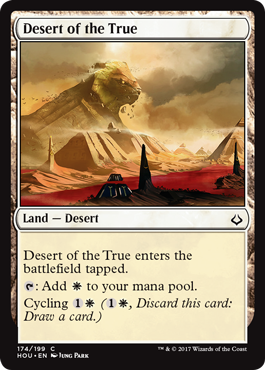
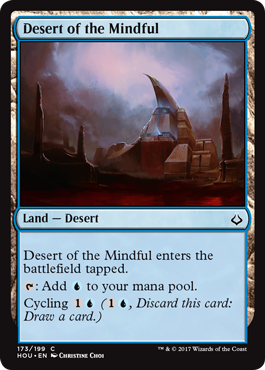
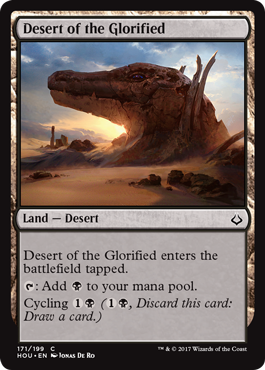
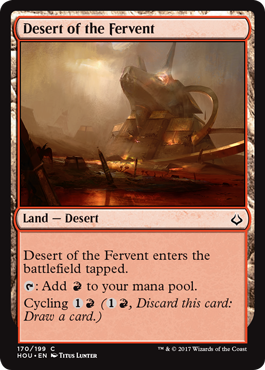
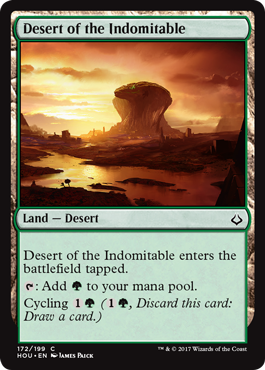
Hour of Devastation has fifteen lands with the Desert subtype and sixteen cards that mechanically care about Deserts (there's some overlap between those two lists). This will allow players both in Draft and Constructed to play with a theme only slightly teased in Amonkhet. Also, there are two cycles of Deserts that connect with the five colors. One of them is up above.
We played around a lot with "Desert-matters" mechanics in Amonkhet design, but realized that it was the best execution of the fall of the Hekma and therefore left the majority of it for Hour of Devastation. This week's article is more about the what of the design and next week's is more about the how, so next week I'll talk a bit about how we approached Desert design and many of the non-obvious lessons we learned along the way.
Another way we mechanically showed the ruthlessness of Bolas was to bring back the exert mechanic but with two new tweaks. First, there are creatures with activated abilities with exert. Instead of being an attack trigger, these creatures exert themselves (aka choose to not untap on the next turn) when they use a specific activated ability.

For instance, let's take Oasis Ritualist. It's a 2/4 for 3G that can tap to add one mana of any color to your mana pool. Oasis Ritualist is able to tap for two mana of any color, but only if you choose to exert it. This essentially allows you to have one mana every turn or two mana every other turn.
The other tweak involves today's preview card. I'm going to show it to you first and then explain how it works.
Click here to meet Oketra's Last Mercy
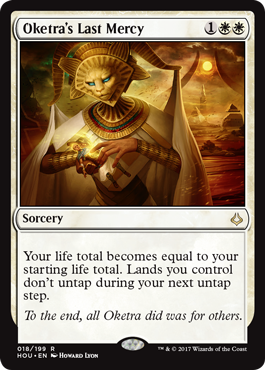
Oketra's Mercy is part of a rare monocolor cycle of sorceries, each tied to one of the Amonkhet Gods. Each is a spell with a significantly lower than normal mana cost that comes with the restriction that your lands don't untap on the next turn. While these spells are inspired by exert, they aren't technically using exert, meaning the keyword doesn't appear in their rules text.
The first category uses the exert keyword and thus only shows up on white, red, and/or green creatures (the colors that used exert in Amonkhet). The second category doesn't explicitly refer to exert and thus is used in all five colors in the one rare cycle.
The final thing we did in this category was to play into some of the disaster movie tropes from pop culture that seemed a natural fit with the Egyptian-inspired setting. This was done more on a card-by-card basis rather than with a specific mechanic. (I'll cover the details of this when I get to my columns with the card-by-card stories.)
To capture this devastation, the set has three new cycles of basic lands including another full-art cycle featuring the same Bolas horns but now post destruction.
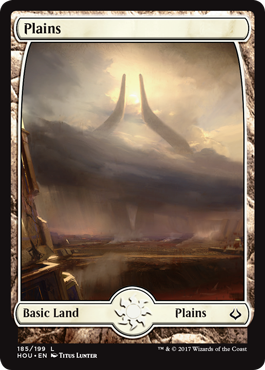
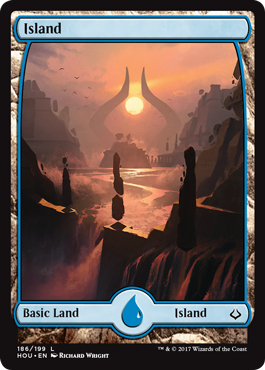
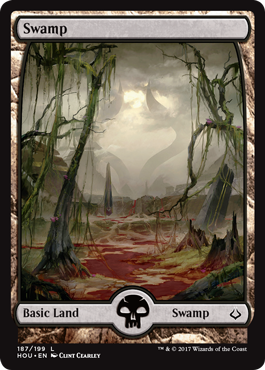
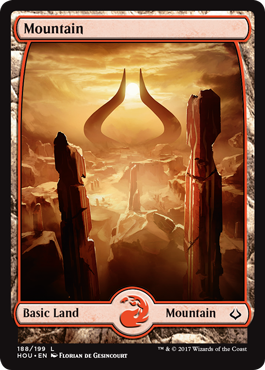
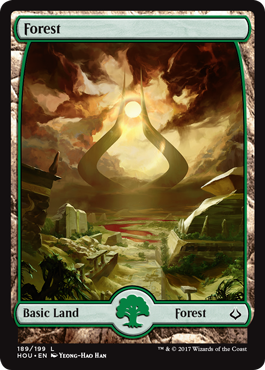
3. Defeat the Gatewatch
Yes, Bolas demonstrates that he dominated Amonkhet, but he's not done yet. We've watched the Gatewatch through various adventures. While they've had problems along the way, they've always proven triumphant. That streak is about to end.
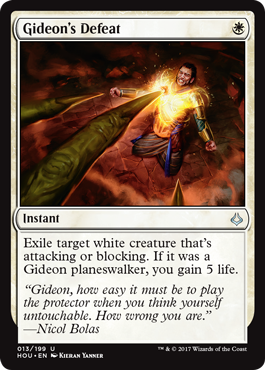
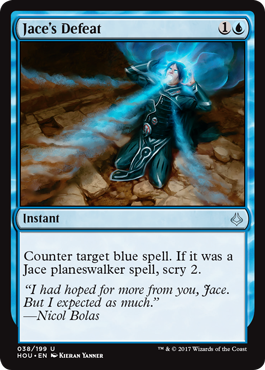
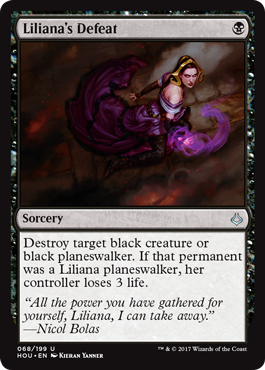
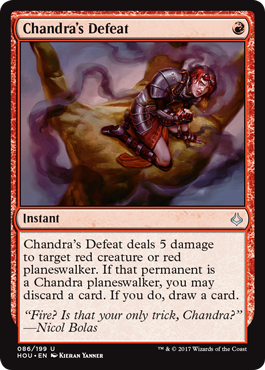
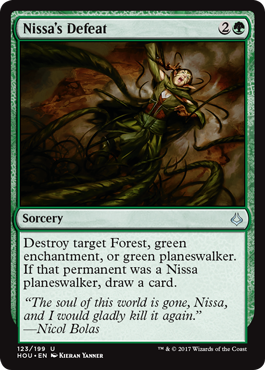
The defeat cycle came about because we wanted a high-profile way to mechanically highlight the Gatewatch's failure in stopping Bolas. We tried a couple of different things, but the one we settled on was a cycle of cards capable of killing or countering a subset of cards, always of that color, that included the planeswalker being defeated. This was a bit of a challenge because not every color can kill a planeswalker. If the permanent destroyed is the planeswalker in question, the card grants an extra bonus. Note that the cards were basically costed as if the added planeswalker hosing ability were free, as it's not going to happen often.
For Gideon's Defeat, we just worried about it destroying attacking and blocking creatures because all Gideons have the ability to become creatures and attack. For Jace's Defeat, we ended up using a counterspell, as blue doesn't have any destruction effects. Liliana's Defeat was easy as black can kill planeswalkers; we added creature destruction to make the card a bit more versatile. Chandra's Defeat was similar to Liliana's in that red can essentially destroy planeswalkers with damage. Chandra's Defeat also was allowed to hit creatures. Nissa's Defeat allowed it to destroy a green subset of its "destroy target noncreature permanent" ability. It doesn't destroy artifacts because very few of them are ever green.
We also knew that we wanted to show off Bolas, which meant it was time for him to finally get a second planeswalker card. (His last one showed up in Conflux over eight years ago.) To notch up the excitement, we made him a four-loyalty-ability planeswalker, only the fourth one in existence (Jace, the Mind Sculptor; Garruk, Apex Predator; and Chandra, Torch of Defiance being the other three—and yes, we've had two double-faced planeswalkers that between the two sides had more than three abilities.)
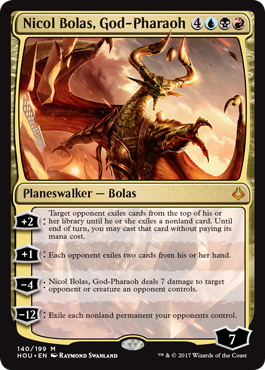
We chose to make Bolas expensive but powerful. He's not easy to get onto the battlefield, but if you do, your opponent is in trouble.
The Hour Is Up
That's all the time I have for today. My story isn't story isn't finished yet, but luckily, this is only Part 1. As always, I'm eager to hear your feedback both on today's column as well as Hour of Devastation. You can write me an email or contact me through any of my social media accounts (Twitter, Tumblr, Google+, and Instagram).
Join me next week for Part 2.
Until then, may you know the joy of getting Nicol Bolas onto the battlefield.
#444: Vanilla Matters
#444: Vanilla Matters
40:54
On my blog, there was some discussion about the mechanical theme of "vanilla matters." (Vanilla creatures are creatures without rules text.) It was a complex topic, so I decided to spend a whole car ride explaining why the theme is so hard to do.
#445: Frames
#445: Frames
35:48
I talk about the use of different frames and walk through the many times we've used frames to aid the game mechanically.
- Episode 443 "Sparks" (27.0 MB)
- Episode 442 New vs. Returning Worlds (26.4 MB)
- Episode 441 Prereleases (24.3 MB)

